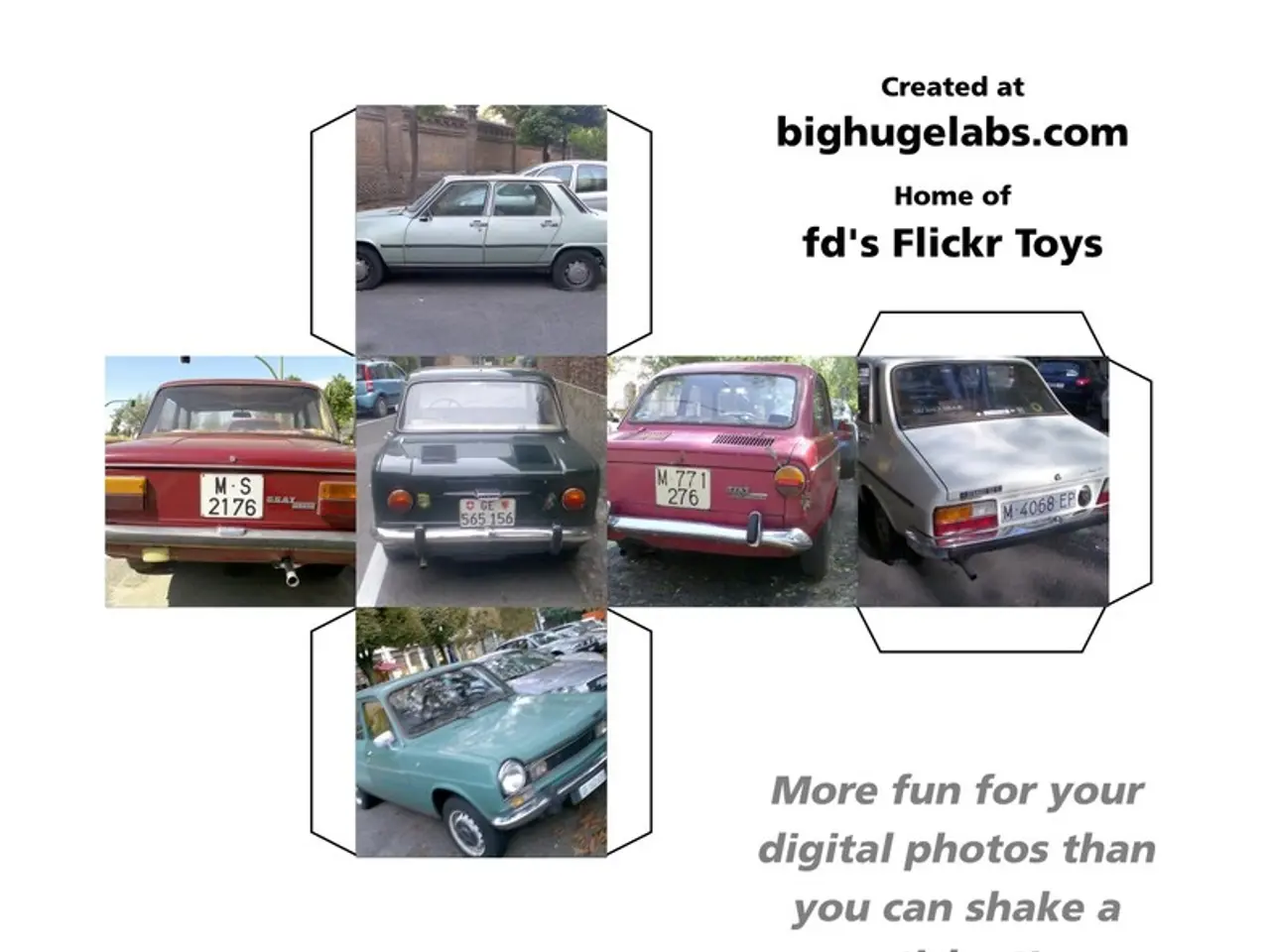Comparing Various Telescope Models: Advantages, Disadvantages, and Ideal Applications
For astronomy enthusiasts, choosing the right telescope can be a daunting task. Each type—refractor, Newtonian reflector, and catadioptric—offers distinct advantages and disadvantages based on design, image quality, portability, and maintenance.
Refractor Telescopes
Refractor telescopes, with their lens-based system, produce sharp, high-contrast images, making them excellent for observing the Moon, planets, and double stars. Modern models control chromatic aberration effectively with specialized glass or multiple lenses. They are also lightweight, compact, and easy to transport and store, convenient for backyard use or travel. However, refractors tend to be more expensive per inch of aperture compared to reflectors, and their optical tubes are sealed, making internal access and cleaning difficult. They are generally limited in aperture size due to cost and lens weight.
Newtonian Reflectors
Newtonian reflectors use mirrors, allowing larger apertures at a lower cost, which collect more light for better image resolution and detail, ideal for deep-sky observation. The open tube design facilitates easy cleaning and maintenance. They avoid chromatic aberration since mirrors reflect all wavelengths equally. However, they may suffer from collimation issues (alignment of mirrors) that require periodic adjustment. The open tube design can allow dust buildup and dew, potentially affecting image quality. Secondary mirror obstruction can reduce contrast compared to refractors.
Catadioptric Telescopes (e.g., Schmidt-Cassegrain or Maksutov-Cassegrain)
Catadioptrics, a combination of lenses and mirrors, offer compact, portable designs with longer effective focal lengths, making them versatile for planetary and deep-sky observation. They usually have a sealed tube, reducing dust and dew issues. Mechanical robustness and ease of use are key benefits. However, they can be more complex optically and mechanically, potentially increasing cost and requiring occasional maintenance like collimation. Image quality may be slightly compromised compared to premium refractors in terms of contrast due to the secondary obstruction.
In summary:
| Telescope Type | Advantages | Disadvantages | |---------------------|--------------------------------------------|--------------------------------------| | Refractor | Sharp, high-contrast images; lightweight and easy to transport | More expensive; limited larger apertures; hard to clean internally | | Newtonian Reflector | Larger apertures for less cost; no chromatic aberration; easier maintenance | Requires collimation; open tube susceptible to dust/dew; secondary mirror reduces contrast | | Catadioptric | Compact design; versatile use; sealed tube protects optics | More complex; occasional collimation; slight contrast loss due to obstruction |
Choosing a telescope depends on your observing goals, budget, and portability preferences. The diameter of the primary lens or mirror in the OTA is called the aperture. Catadioptrics are based on a combination of lenses and mirrors. The cost per inch of aperture for Newtonian reflectors is lower compared to other OTA designs. MCTs have a thicker convex corrector plate design and a silvered area on the back of the corrector plate for reflection. The focal ratio is obtained by dividing the focal length by the aperture. Both SCTs and MCTs have a central obstruction in the name of the secondary mirror, which blocks part of the light. The downside of SCTs and MCTs is a higher cost per inch of aperture compared to the Newtonian design. A high focal ratio delivers the light stream to the eyepiece in a more parallel way, making it easier for the eyepiece to present a uniformly good image all the way across its field of view. Refractors are based on an objective lens to gather light. The focal length is the distance from the primary lens or mirror to the focus point in the OTA. In the hobby market, it is rare to see refractors with an aperture of more than 8 inches. Refractors exhibit chromatic aberration or false color in the image due to light passing through the aperture lens being broken up into its respective colors. The larger the aperture, the more light the OTA gathers, allowing dimmer objects to be seen, more detail to be seen, and greater magnification to be achieved without compromising image quality. Refractor telescopes have a curved lens in the front that gathers light and bends it to the focal point along the focal length of the optical tube. Newtonian reflectors use a mirror rather than a lens to focus the light. Typical apertures in the hobby market range from 50 mm to about 400 mm or about 2 inches to about 16 inches. SCTs are based on a spherical corrector plate, a spherical secondary mirror, and a spherical primary mirror. The optical tube assembly (OTA) in a telescope is the part that gathers light and can be either a lens or a mirror. The image produced by a Newtonian reflector is inverted. Achromatic refractors use two lenses to reduce chromatic aberration. Newtonian reflectors have a central obstruction in the form of the secondary mirror, which blocks some of the light entering the optical tube. The three types of OTAs discussed are refractors, Newtonian reflectors, and catadioptrics. Newtonian reflectors are based on a mirror to gather light. Catadioptric OTAs are a combination of lenses and mirrors, with the most common designs being Schmidt-Cassegrain telescopes (SCT) and Maksutov-Cassegrain telescopes (MCT).
- Refractor telescopes, featuring lens-based systems, create sharp, high-contrast images suitable for the Moon, planets, and double stars.
- Modern refractor models control chromatic aberration effectively with specialized glass or multiple lenses, making them desirable for astronomy enthusiasts.
- These telescopes are lightweight, compact, and easy to transport, offering convenience for backyard use or travel.
- Despite their benefits, refractors tend to be more expensive per inch of aperture compared to reflectors, and their optical tubes are sealed, making internal access and cleaning challenging.
- Newtonian reflectors, which use mirrors, offer larger apertures at a lower cost, ideal for deep-sky observation as they capture more light for better image resolution and detail.
- The open tube design of Newtonian reflectors facilitates easy cleaning and maintenance, but it can allow dust buildup and dew, potentially affecting image quality.
- Catadioptrics, a combination of lenses and mirrors, offer compact, portable designs with longer effective focal lengths, making them versatile for planetary and deep-sky observation.
- These telescopes are based on science, space-and-astronomy technology, and occasionally require maintenance like collimation, and their image quality may be slightly compromised compared to premium refractors.




